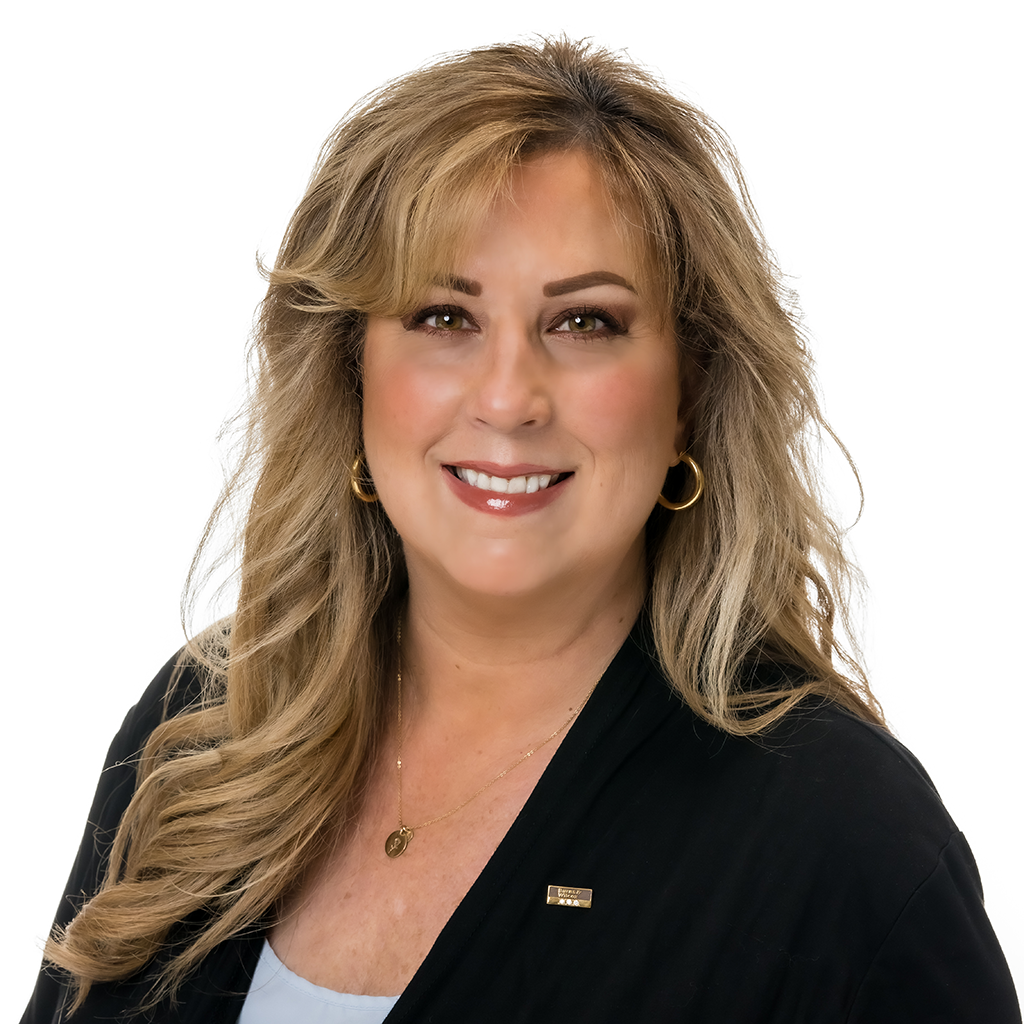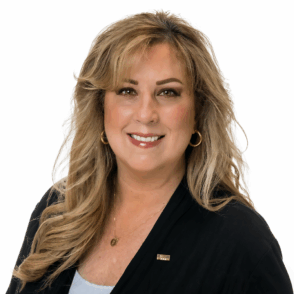Inside This Article:
- A Florida jury recently awarded $11.3 million to a shopper who was injured in a Target parking lot.
- The case, in which the retailer was found to be 90% at fault, highlights how hazards like uneven curbs can lead to “nuclear” verdicts.
- Businesses with high foot traffic are at greater risk for slip-and-fall accidents, which are a leading cause of injury claims against retailers.
- Commercial General Liability (CGL) Insurance and Excess Liability Insurance coverage is vital as jury awards grow, and insurance carriers tighten policy terms.
A jury recently awarded more than $11.3 million to a shopper who fractured her ankle after tripping in a Target parking lot, according to reports. The incident took place in December of 2019 at a store in Winter Garden, Florida, where the 44-year-old woman reportedly stepped onto an uneven landscaping island while carrying her young child. She suffered fractures in her right tibia, fibula, and lateral malleolus.
Jurors found Target 90% responsible for the incident, citing the uneven surface and abrupt elevation change on the curb, which violated several building codes, the Orange Observer reported Oct. 21. The woman had reportedly turned down a pre-trial settlement offer of $250,000.
“The verdict is not surprising in today’s legal environment,” said Mason Benson, Underwriter, Commercial Insurance, Burns & Wilcox, Orlando, Florida. “It is part of a continuing trend that we have been seeing over the years with these nuclear verdicts,” he said. “The key drivers are social inflation and changing jury attitudes toward these issues.”

[The Target verdict] is part of a continuing trend that we have been seeing over the years with these nuclear verdicts.
A retailer’s Commercial General Liability (CGL) Insurance is designed to respond to this type of lawsuit and can help pay for expenses related to third-party bodily injuries and property damage, with Excess Liability Insurance potentially picking up costs exceeding standard limits.
“It is a substantial verdict, but when a major company like Target is involved, it is not surprising that plaintiffs pursue higher damages,” said Tina Cabral, Underwriter, Commercial Insurance, Burns & Wilcox, San Diego, California. “Slip-and-falls are a very serious risk, especially at a business such as Target where there is such high foot traffic.”

Slip-and-falls are a very serious risk, especially at a business such as Target where there is such high foot traffic.
Slip-and-falls among top liability risks for retailers
While it is unclear how many slip-and-fall lawsuits are filed per year in the U.S., this type of litigation makes headlines regularly, including a report detailing at least the sixth slip-and-fall lawsuit being filed against Dollar General this year, and a recent $6.6 million slip-and-fall verdict against Home Depot.
Beyond retailers, lawsuits over slip-and-fall accidents have also been filed in recent months against a nonprofit organization, a resort, and a company running concessions at a national park. For large retailers and small businesses alike, slip-and-fall accidents “are going to be your most frequent type of claim” on a CGL Insurance policy, Benson explained.
The recent Target slip-and-fall verdict was about 45 times the pre-trial settlement offer amount, reflecting the growing cost of premises liability lawsuits and how maintenance issues can turn into multimillion-dollar claims. Parking lots and entrances present some of the most significant risks, especially during busy shopping seasons or adverse weather, Cabral noted.
“Falls are probably the number one risk,” she said. “Businesses should always inspect their parking lots, walkways, and entrances, and they should mark any curbs, steps, or elevation changes. Lighting can help improve visibility and they should keep written records of inspections and repairs.”

Businesses should always inspect their parking lots, walkways, and entrances, and they should mark any curbs, steps, or elevation changes.
Risk transfer is crucial in situations like this. “If the work is subcontracted to a landscaping company, make sure that company has its own insurance and proper risk-transfer provisions in place,” Cabral said. “Contractors should carry their own coverage and list the business as an additional insured.”
Some insurance carriers tighten terms amid rising verdicts
After a slip-and-fall incident, a company’s CGL Insurance can help cover medical bills, legal fees, settlement costs, and more. These policies typically have limits of $1 million to $2 million, making Excess Liability Insurance necessary in the event of a large verdict like the $11.3 million Target case. “That would be extremely important in this type of situation,” Cabral said.
According to Benson, nuclear verdicts continue to rise due in part to factors like social inflation, litigation funding, and rising medical costs. Once a large jury award occurs, “legal teams are going to go after similar results,” he said.
The trend is creating ripple effects across the insurance market, leading to tightened underwriting standards and reducing capacity in certain sectors. “Some insurance carriers are limiting available policy limits, adding more exclusions, or restricting capacity for premises exposures and certain geographic areas or risk classes,” Benson said, adding that certain types of slip-and-fall accidents may be excluded, such as those involving water-related hazards. “[The water-related hazard exclusion] is a newer trend we have seen in the past 12 months or so. It is definitely becoming more common.”

Some insurance carriers are limiting available policy limits, adding more exclusions, or restricting capacity for premises exposures and certain geographic areas or risk classes.
The increase in nuclear verdicts “affects small business owners, property owners,” and more, he said. “It is going to affect everybody that consumes insurance and also those that broker and write it.”
Some carriers are also reevaluating policy features such as medical payments coverage. “That was usually a reactionary type of limit for slip-and-falls, but due to the overall claim and litigation environment, as well as fraud, we are starting to even see carriers exclude medical payment,” Benson said. “These large nuclear verdicts are happening so frequently that it may cause carriers to implement more stringent terms. It could have a negative effect in terms of hardening the market or carriers being more selective with the types of business they want to insure.”
Importance of risk control measures, hazard reporting systems
In this environment, business owners seeking CGL Insurance may be asked to provide more detailed information on their risk control measures, safety practices, ongoing maintenance, and hazard reporting systems, Benson said.
“The underwriting environment is tightening up,” he said. “Carriers are going to be looking for certain controls and procedures in place.”
Strong documentation and proactive risk management are more critical than ever, including thorough inspection logs, maintenance records, and formal reporting procedures, he said. “If they have proper actions and prudent measures in place to try and prevent accidents, and they are working with a good risk manager and insurance carrier, it will help them obtain not only savings but also the terms and limits that they need.”






